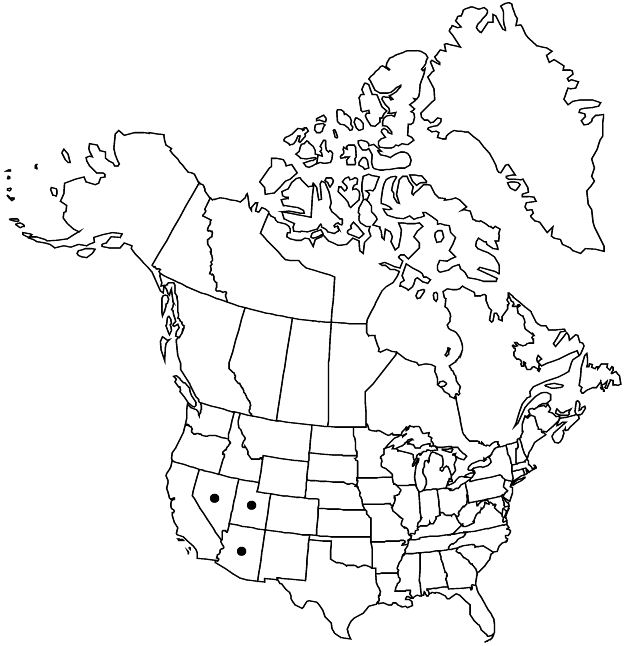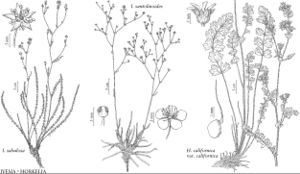Difference between revisions of "Ivesia sabulosa"
Lloydia 1: 124. 1939.
imported>Volume Importer |
imported>Volume Importer |
||
| Line 68: | Line 68: | ||
|publication year=1939 | |publication year=1939 | ||
|special status=Conservation concern;Endemic;Illustrated | |special status=Conservation concern;Endemic;Illustrated | ||
| − | |source xml=https:// | + | |source xml=https://bitbucket.org/aafc-mbb/fna-data-curation/src/2e0870ddd59836b60bcf96646a41e87ea5a5943a/coarse_grained_fna_xml/V9/V9_382.xml |
|subfamily=Rosaceae subfam. Rosoideae | |subfamily=Rosaceae subfam. Rosoideae | ||
|tribe=Rosaceae tribe Potentilleae | |tribe=Rosaceae tribe Potentilleae | ||
Latest revision as of 22:56, 5 November 2020
Plants ± grayish green. Stems ascending to erect, (1.8–)2–6(–6.5) dm. Basal leaves 7–25(–30) cm; sheathing base usually sparsely strigose abaxially; petiole 1–4(–5) cm; leaflets 15–40 per side, ± flabellate, 3–14 mm, usually incised to base into 2–3 oblanceolate lobes, ± densely short-hirsute to -villous. Inflorescences 10–60-flowered, 4–15 cm diam. Pedicels (1–)5–20 mm. Flowers 9–14 mm diam.; epicalyx bractlets lanceolate, 1–3(–3.3) mm; hypanthium interior golden, 1–2 × 3–5 mm; sepals (2.5–)3.5–6 mm, base golden adaxially, apex acute to acuminate; petals yellow, linear to narrowly oblanceolate, 2–4 mm; stamens 5, filaments 2–4 mm, anthers yellow, sometimes red-rimmed, oblong, 0.6–1.2 mm; carpels 1–5, styles 2–3 mm. Achenes brown, 1.7–2.2 mm.
Phenology: Flowering summer.
Habitat: Dry flats and slopes, on gravelly volcanic or limestone soil, in sagebrush and other desert shrub communities, montane conifer woodlands
Elevation: 1500–2700 m
Distribution

Ariz., Nev., Utah.
Discussion
Of conservation concern.
Ivesia sabulosa occurs from central Nevada and southwestern Utah south to Arizona north of the Grand Canyon.
Selected References
None.
